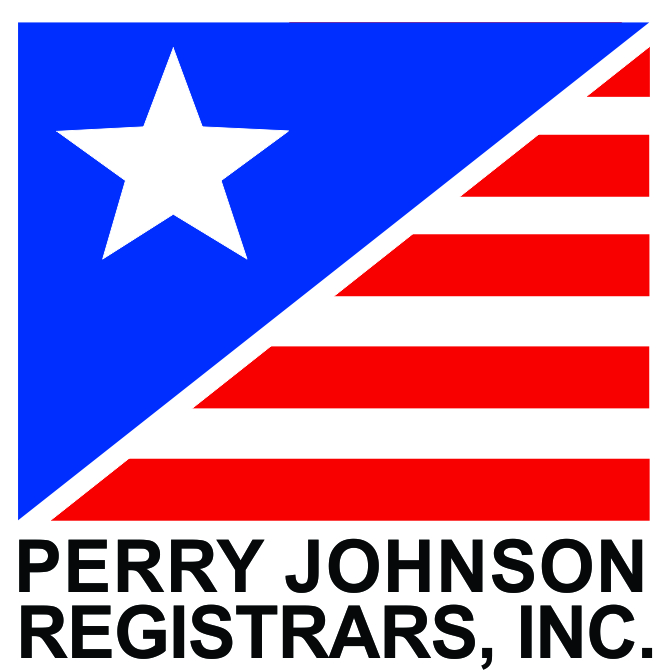Background
While the thickness of a thin film will be in the range of a few thousand Angstroms, the thickness of a thick film will be in the micron range. Typical thickness is 12.5-25.4 microns (.0005-.001”). Of course, a thin film requires a vacuum system while thick films are applied via screen printing, spraying, or hand brushing. Except for polymer base, all require sintering at high temperature, mostly in air or oxygen rich environment.
Thick Film Theory and Formulations
Most popular thick film pastes contain about 95% or more one or two metallic elements (powders, grains, flakes or a mixture of them) with 5% or less of an inorganic high temperature binder as powder that might be a glass, ceramic or a combination of both. The metallic elements and the inorganic binders are mixed together in an organic vehicle forming a paste so that the mixture of metal and ceramic (cermet) can be screen printed, brushed or sprayed on. The organic binder decomposes and burns off during sintering. The inorganic binder reacts with the ceramic substrate at high temperature resulting in chemical reactions for bonding. The metallic grains, powder, or flakes will situate in the overall matrix of the thick film material providing electrical conductivity. The most common conductive thick films are Ag, Ag/Pd, Au, Ni, Cu, Pt, Au/Pt, Mo/Mn, W etc. In this thick film system, the adhesion of the thick film comes from the binder and not from the metallic element. Therefore, the small amount of binder may not provide hermeticity while it would provide certain electrical conductivity. The adhesion strength is entirely due to the binder content.
A thick film can be applied on: alumina, zirconia, glass-ceramic (Macor, a Corning product), Cordierite, Forsterite, Steatite, Mullite and many other ceramics. The sufficient partial pressure of oxygen over the substrate maintains the stoichiometry of the oxide ceramic.
IJ Research uses both in-house developed thick film pastes as well as commercially available pastes. IJ Research has the capability to formulate a new thick film paste that can be cured at as low as 450°C or as high as 1,200ºC (either resistive or conductive).
Thick Film Heater Technology:
IJ Research can also print thick films for use as heating elements. Our resistive elements are metal/ceramic mixtures (cermet). They include Ruthenium Dioxide (RuO2), Bismuth Ruthenate (Bi2Ru2O7), Bismuth Iridate (Bi2Ir2O7), and Lead Oxide (PbO). Our custom designed heaters are directly printed on glass, ceramic or metal. Heater patterns can be applied on a flat substrate as well as on a tube where OD or ID may need to have patterns. Power density within .002 W/cm2 is routine at IJ Research. We coat as required on a metallic substrate with a dielectric layer before we print a heater pattern.
Note: Cu and Ni are fired in an oxygen poor atmosphere in order to avoid oxidation. The Cu or Ni metallization processes require that the inorganic binder contains a strong bonding energy. They must not be reduced in an oxygen poor environment.
Non-oxide Ceramics:
IJ Research uses special thick film pastes for non-oxide ceramics such as nitrides, carbides and borides along with graphite and other similar carbon base materials such as diamond, C-C composites, etc. Many of the commercially available pastes are less than satisfactory for these non-oxides but we formulate suitable mixes. We also offer hermetically sealable thick film metallization coating on AlN, Si3N4, SiC and other non-oxides. AlN can be hermetically sealed to another ceramic or a metal. Our thick film based patterns are solderable, brazeable or also wire bondable.
For high density feedthroughs, we often thin film metallize ID and OD of the insulator and braze with a metal flange. Similar principles are applied to window, window cap, and opto-electronic assemblies.
Resistive Patterning:
If the application requires resistive patterning, the formula of the paste will have a resistive element with the same binder types. A paste will be formulated for your specific applications including: chemical resistance, service temperature, pressure and thermal shock resistance.
Metallic Substrate:
The above pastes can be applied on a metallic substrate as long as it has a dielectric layer first. One of the most important features of this dielectric layer is its thermal expansion coefficient (CTE). The CTE must be closely matched to the substrate and the thickness should be adequately adjusted to avoid any warping from a CTE mismatch. For example, if the dielectric layer is to be applied to Al, the dielectric layer’s CTE must be closely matched to that of Al. If it is SST 300 series, the CTE of the coating must again match that of the stainless steel. The melting point, specific heat and others must also be considered. IJ Research can formulate a binder system to match Cu, Al, SiO2, ZrO2,SST 300 series, SST 400 series, Ni alloy, Steel and many other metals and alloys.
Dielectric layer:
IJ Research has a capability of applying a dielectric layer along with routine conductive and resistive patterns. Often times, we use a combination of thick and thick films:
• Thick film on ceramic and then multi-layers of thin film.
• Thin film on ceramic and dielectrically and hermetically sealed to another material.
• Thin film on polymer with a thin film polymer on top.
• Thick film dielectric layers on non-oxide.

 Please click for a PDF copy of the brochures,
Please click for a PDF copy of the brochures,